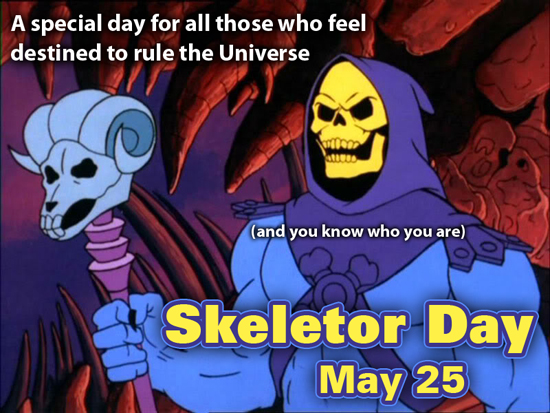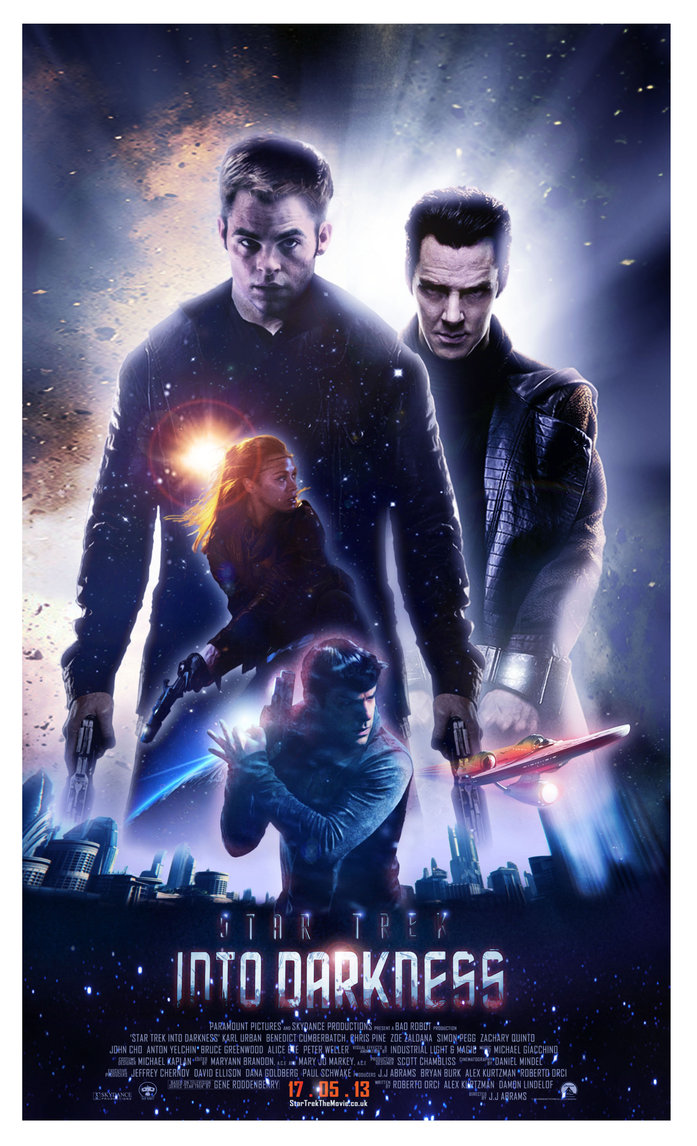 Didn’t like history in school. Did. Not. It was just this droning recitation of dates and wars and such, people I didn’t give a hoot about doing obscure things to each other while wearing weird clothes and armor and stuff.
Didn’t like history in school. Did. Not. It was just this droning recitation of dates and wars and such, people I didn’t give a hoot about doing obscure things to each other while wearing weird clothes and armor and stuff.
I don’t know why it never got across to me that it was all real — real people doing real things. Probably it was all the fault of my teachers. Yeah, that must be it! Anyway, I dutifully memorized the dates and the events, and fired them back on tests, and did pretty good, despite having no feeling for the material.
It was only in about 1986 or so that I first understood the realness, that there had been actual people back there in the past, living whole lives and doing interesting, history-making things. People like me, and unlike me, but people. People you could walk right up to and talk to, if you lived back then.
Now I’m interested in it, but don’t really have time to study it. Probably why I found this little Wikipedia feature interesting: Every calendar date has its own unique history, and the Gods of Wiki have gathered them on their characteristic pages.
For instance, on today, May 26, I think it’s obscurely cool that in the year …
47 BC – Julius Caesar visits Tarsus on his way to Pontus, where he meets enthusiastic support, but where, according to Cicero, Cassius is planning to kill him at this point.
I think I recall some sort of play about this. I don’t want to spoil it for you, but it didn’t turn out well for Caesar.
1328 – William of Ockham, Franciscan Minister-General Michael of Cesena and two other Franciscan leaders secretly leave Avignon, fearing a death sentence from Pope John XXII.
While shaving the next day, William was heard to shout “Honey, have you seen my razor? I believe it to have been stolen by Gypsies, or possibly spirited away by elves! Maybe even rendered invisible by witches!” to which his wife replied, “It’s wherever you left it! Really, William, select the hypotheses with the fewest assumptions!”
1830 – The Indian Removal Act is passed by the U.S. Congress; it is signed into law by President Andrew Jackson two days later.
Proof that our modern Congress has no monopoly on a-holishness, nor has the White House.
1897 – Dracula, a novel by Irish author Bram Stoker is published.
To think we have a guy from the 1800s to thank for the Twilight series! Wow!
1908 – At Masjed Soleyman in southwest Persia, the first major commercial oil strike in the Middle East is made. The rights to the resource are quickly acquired by the Anglo-Persian Oil Company.
Hey, whatever happened to Persia, anyway? Someone said those damned Iranians moved in and took it over. Probably wanted to get control of our oil.
1938 – In the United States, the House Un-American Activities Committee begins its first session.
They really saved us from those Un-Americans! And finally, striking a blow for cartographic justice, in
1998 – The Supreme Court of the United States rules that Ellis Island, the historic gateway for millions of immigrants, is mainly in the state of New Jersey, not New York.
Additionally, these people where born on this day in history:
1264 – Prince Koreyasu, Japanese shogun (d. 1326)
1478 – Pope Clement VII (d. 1534)
1886 – Al Jolson, American singer, comedian, and actor (d. 1950)
1907 – John Wayne, American actor (d. 1979)
1912 – Jay Silverheels, Canadian actor (d. 1980)
1913 – Peter Cushing, English actor (d. 1994)
1920 – Peggy Lee, American singer-songwriter and actress (d. 2002)
1922 – Troy Smith, American businessman, founded Sonic Drive-In (d. 2009)
1923 – James Arness, American actor (d. 2011)
1926 – Miles Davis, American trumpeter, bandleader, and composer (Miles Davis Quintet) (d. 1991)
1928 – Jack Kevorkian, American pathologist (d. 2011)
1941 – Reg Bundy, English drag queen performer, dancer, and actor (d. 2003)
1945 – Garry Peterson, Canadian drummer (The Guess Who and Bachman–Turner Overdrive)
1948 – Stevie Nicks, American singer-songwriter and musician (Fleetwood Mac)
1949 – Ward Cunningham, American computer programmer, developed the first wiki
1949 – Pam Grier, American actress
1949 – Hank Williams Jr., American singer-songwriter and musician
1951 – Sally Ride, American astronaut (d. 2012)
1954 – Danny Rolling, American serial killer (d. 2006)
1962 – Bobcat Goldthwait, American actor
1964 – Lenny Kravitz, American singer-songwriter, musician, producer, and actor
1966 – Helena Bonham Carter, English actress
1972 – Kylie Ireland, American porn actress, director, producer, publicist, and radio host
And these people died:
604 – Augustine of Canterbury, Benedictine monk, 1st Archbishop of Canterbury
735 – Bede, English historian and theologian (b. 673)
1647 – Alse Young, American woman executed for witchcraft (b. 1600)
1651 – Jeane Gardiner, English woman executed for witchcraft
1703 – Samuel Pepys, English naval administrator and civil servant (b. 1633)
1904 – Georges Gilles de la Tourette, French neurologist (b. 1857)
1933 – Jimmie Rodgers, American singer-songwriter and guitarist (b. 1897)
1943 – Edsel Ford, American businessman (b. 1893)
1976 – Martin Heidegger, German philosopher (b. 1889)
2005 – Eddie Albert, American actor (b. 1906)
2008 – Sydney Pollack, American actor, director, producer, and screenwriter (b. 1934)
2010 – Art Linkletter, Canadian-American radio and television host (b. 1912)
2012 – Rudy Eugene, American criminal and cannibal (b. 1981)
Browsing elsewhere on the calendar, I’ve discovered I share a birthday, Sept. 6, with:
1766 – John Dalton, English chemist and physicist (d. 1844)
1860 – Jane Addams, American social worker, Nobel Prize laureate (d. 1935)
1879 – Max Schreck, German actor (d. 1936)
1937 – Sergio Aragonés, Spanish illustrator and writer
1937 – Jo Anne Worley, American actress
1947 – Jane Curtin, American actress
1958 – Buster Bloodvessel, English singer-songwriter (Bad Manners)
1958 – Jeff Foxworthy, American comedian, actor, and author
1963 – Mark Chesnutt, American singer-songwriter and guitarist
1967 – Macy Gray, American singer-songwriter, producer, and actress
1974 – Justin Whalin, American actor
2006 – Prince Hisahito of Akishino
And yes, I leaned heavily on my meager, U.S.-centric knowledge of historical figures and geography. Go to the page, or check the link-map at the bottom to find all those famous figures and events from your tiny native nation such as Tunisia, Tierra del Fuego, Australia, Brazil, or some of those other obscure, minor countries.
——————————
 Thinking about this story, Some Churches Say They’ll Cut Ties to Boy Scouts Following Its Lifting Ban on Gay Scouts, a first reaction might lead you to lambaste the people who’d do such a thing.
Thinking about this story, Some Churches Say They’ll Cut Ties to Boy Scouts Following Its Lifting Ban on Gay Scouts, a first reaction might lead you to lambaste the people who’d do such a thing.














